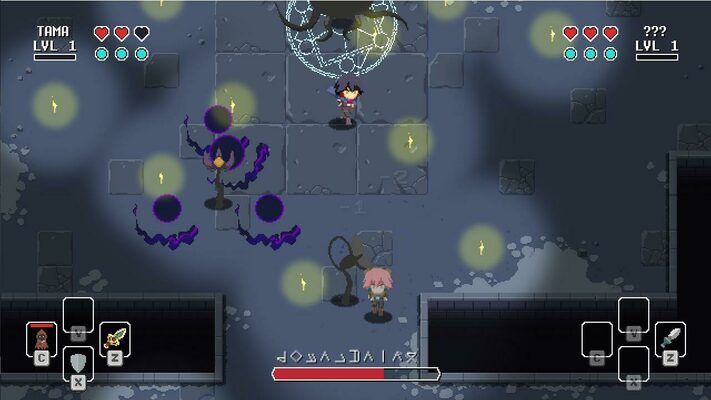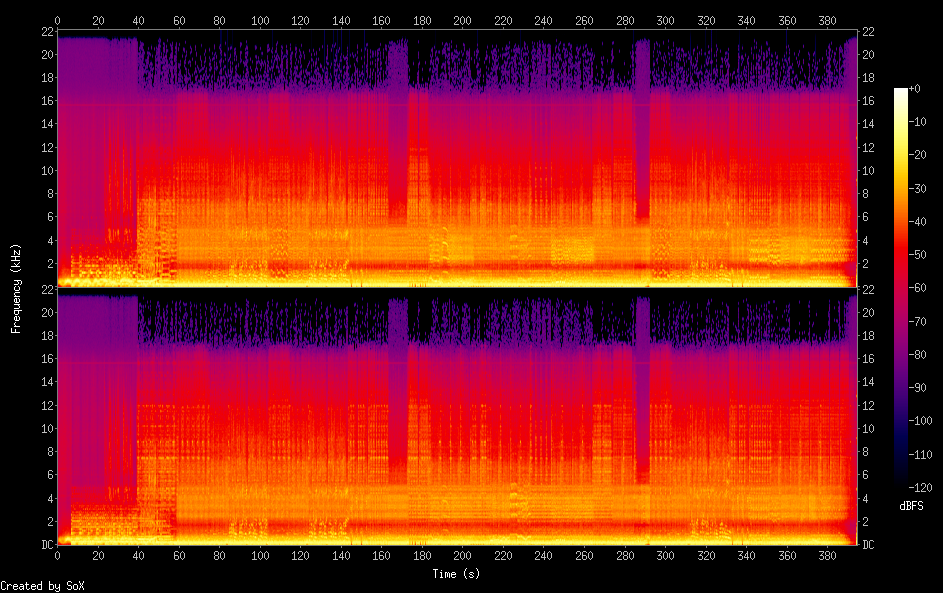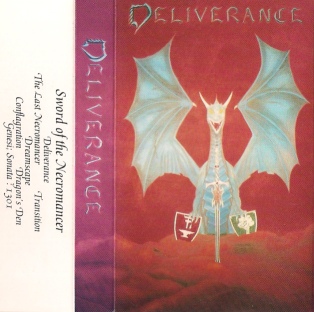

Also may indicate initiative and courage. Blind addiction to action as opposed to thought. Keeping one's head in the face of danger. The ability to observe others keenly, while concealing one's own nature. The Ten of Swords can also indicate the end of a repetitious cycle. There may be exhaustion, and the result may not be ideal but the ordeal is over and the truth has been outed. The nightmare in The Nine of Swords comes to an end in The Ten. Tarot readers do not generally like to categorise cards as "bad", or "good" but The Nine of Swords is probably the most dreaded card in the deck, however it can indicate the process of letting go, grief, and in combination with healing cards like The Queen of Wands, it is highly beneficial.

It can indicate a doomed endeavour, or conversely, moving out of troubled waters. Readers do not always agree on the alignment of this card. The alienation of others through belligerence. The emptiness which descends after a harsh struggle. This card symbolises victory by betrayal. This card can also represent surrender, or in some cases, pacifism. Setting problems to the side, (the swords on the wall), while one prays for deliverance. The swords symbolise the intellect, and the heart, the emotions which always suffer under this treatment. The three swords are often depicted piercing a bleeding heart. The perverse impulse to dissect a problem beyond the point of usefulness. This card represents the aspect of the mind which is overly critical, especially of itself. If the other cards in the spread are favourable, then the Two of Swords can indicate lack of bias and even mindedness. A sense of powerlessness and apathy giving way to fear. The two of swords indicates doubt over decisions. The ability to see through deception, and expose it. The Swords suit also traditionally represented the military, which implies strength, power and authority, but also responsibility, violence and suffering. In tarot, swords correspond to the element of Air, and as such signifies freedom but also quick change. The suit represents the Second Estate (The Nobles). It corresponds to the Suit of Spades in standard decks. The Suit of Swords is used in Latin suited playing cards, such Spanish, Italian and tarot decks.

Suit of Swords ("Spade") from an 18th-century Venetian deck


 0 kommentar(er)
0 kommentar(er)
